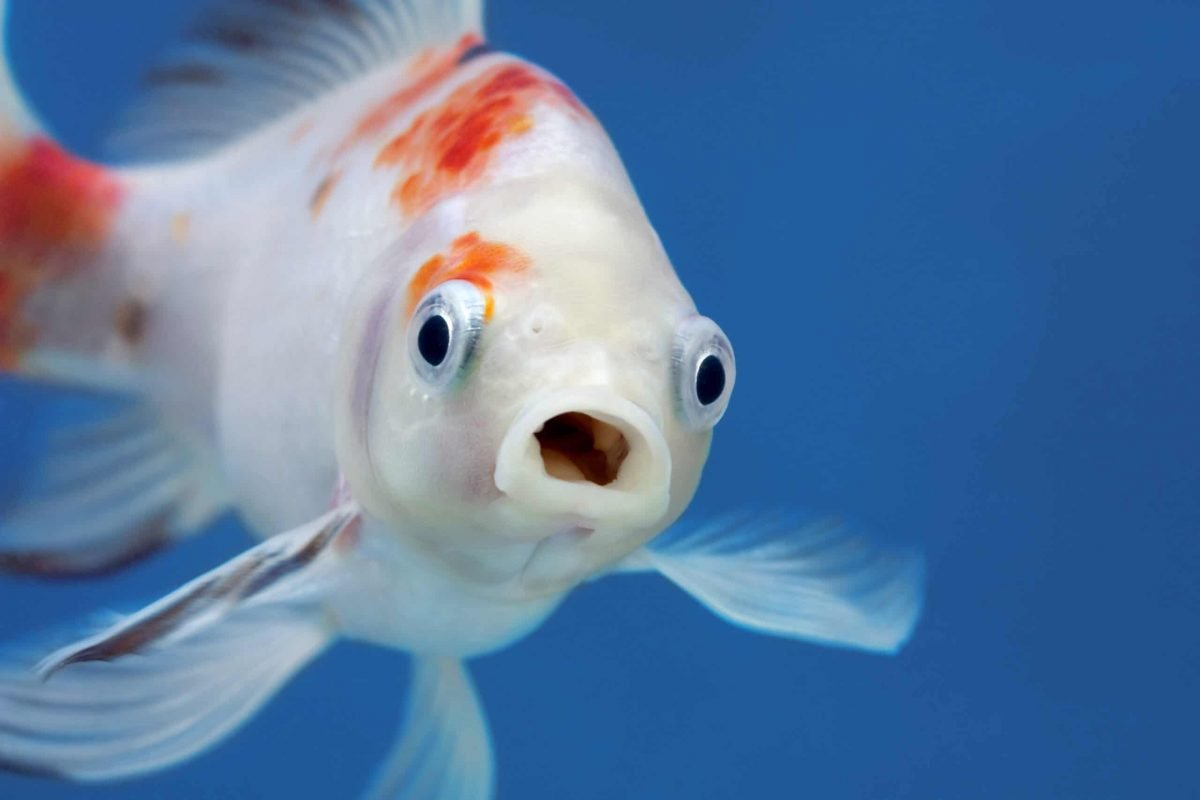The battle about whether fishes feel pain has raged for years. Scientists previously argued that fishes cannot feel pain because they do not possess a neocortex part of the mammalian brain used for higher-order functions including sensory perception. But different does not mean devoid: the evidence is now mounting up that fishes do feel in their own unique ways.
Do fishes feel pain?
Some of the most convincing examples that fishes feel pain come from their positive responses to painkillers. In one study, trouts who had their lips injected with bee venom and vinegar (ouch!) took nearly three times as long to show interest in food than those injected with neutral saline. They also had higher gill beat rates (the opening and closing of the gill covers), which is considered an indicator of distress. These responses were dramatically reduced after the fishes were given morphine, suggesting they were indeed driven by pain.
In another study, zebrafishes who were injected with acid chose to hang out in the barren, unfavourable chamber of their tank if it had a painkiller dissolved in it. Zebrafishes who were not injected with acid remained in the enriched chamber filled with vegetation (and no dissolved painkiller). The zebrafishes injected with acid evidently prioritised pain relief over all else.
Since they feel pain, do they also feel pleasure?
Cleaner fishes, found on coral reefs, eat parasites off of their clients. The cleaner fish get a meal, and the clients get a grooming service: win-win! However, the relationship gets more complex: cleaner fishes have been found to use their back fins to seductively stroke their clients if they have bitten them too hard. The behaviour appears to be a way of apologising and calming their client down. But is this proof that the clients are feeling pleasure from the experience? In a controlled experiment, surgeonfishes (the client) were placed in a shallow bucket of water to induce stress. Sure enough, their blood cortisol rose, which is a physical indicator of stress. The surgeonfishes were then placed in a tank with a mechanical cleaner fish rigged to move its fins gently. The surgeonfishes deliberately leaned against these models, suggesting enjoyment, and the strokes caused their cortisol levels to drop, suggesting stress relief and thus, some sort of pleasure.
The joys of touch are not just restricted to the cleaner and client relationship however some wild moray eels allow divers to stroke them, and manta rays reportedly seek out scuba diver bubbles on their bellies. There appears to be no explanation for this other than it simply feels good.
Why does it matter?
It is tragic that fishes have had to be subjected to stressful experiments to prove that they feel pain and pleasure. But their suffering is not in vain – the evidence provides a convincing narrative that their welfare needs to be taken seriously. Sadly, fishes are often excluded from national laws that protect animals. Research on their welfare needs is also slim compared to other creatures. Yet more fishes are slaughtered for food than any other animal, and they are also the most numerous pets globally. Millions are also displayed in public aquaria, caught recreationally, and used in scientific research. It is time to re-think our relationship with fishes whom we have more in common with than many may like to believe.
The examples in this story come from ?What A Fish Knows? by Jonathan Balcombe. Grab a copy to continue learning about the complex lives of fishes!
